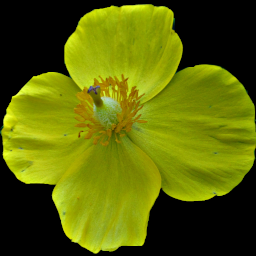The generic name is more correctly spelled Buddleja, but the spelling Buddleia is much more familiar to gardeners.
This favorite butterfly-garden plant often seeds itself, and it has a particular affinity for rocky ground, which in the city translates into sidewalk cracks. In the Pacific Northwest, and in Britain (where the climate is similar to our Pacific Northwest), the Butterfly Bush is an invasive weed. Here it’s an occasional volunteer; this plant sprouted near its parent in a front yard in Beechview, where it was blooming in late September.
The most remarkable thing about Butterfly Bush, of course, is the way it attracts hordes of butterflies. It starts blooming in July, and it keeps blooming until frost. For most of that time, it will be surrounded by butterflies, along with hummingbird hawkmoths and occasional hummingbirds.
Flowers. White to deep violet, but most commonly in the pink range, with a distinctive orange throat. Borne in spikes at the ends of the branches.
Leaves. Lanceolate, with small teeth; softly downy; alternate; somewhat greyish green, much paler on the underside.
Stems. Old growth is woody and twiggy; new growth in early summer may sprout vigorously from the base and reach a height of six or seven feet (about 2 m) by July. Often dies back to the ground over winter, but just as often regrows from old branches.







